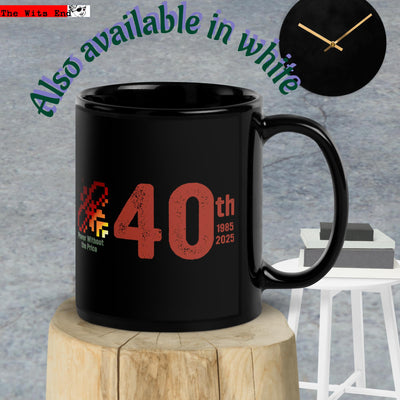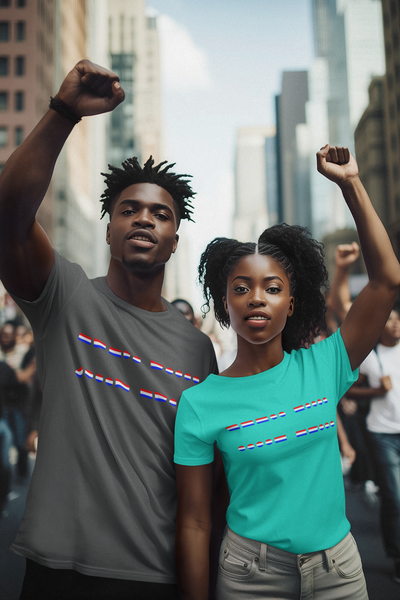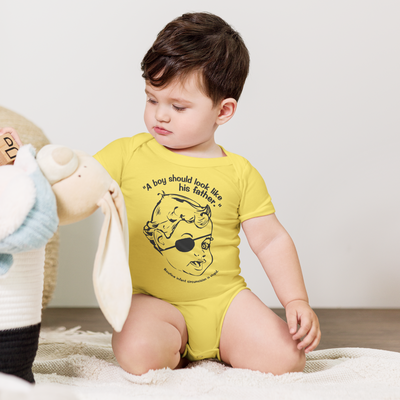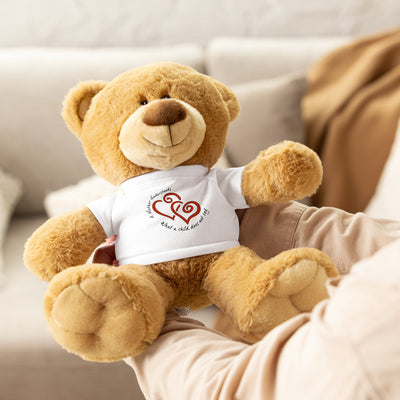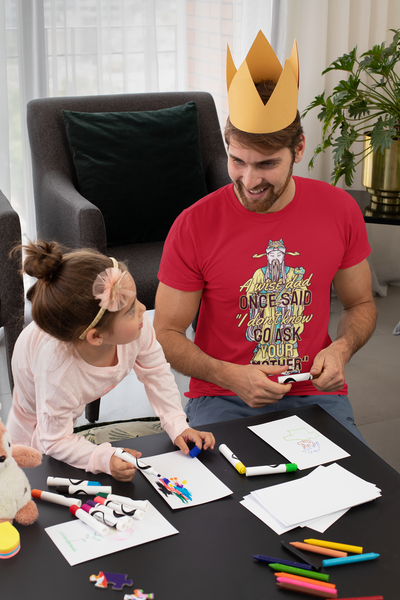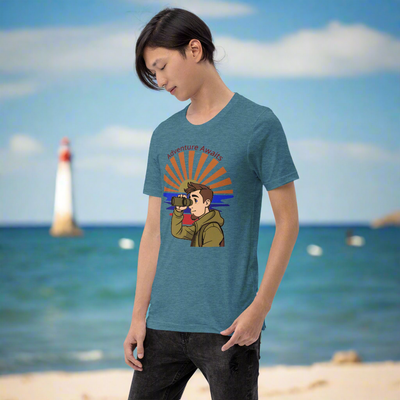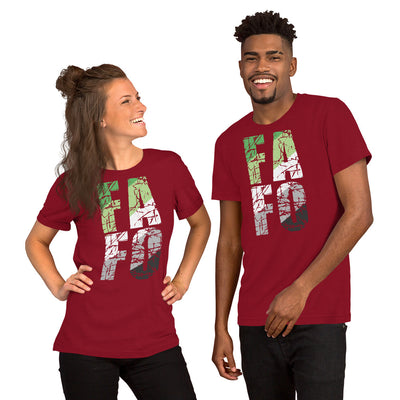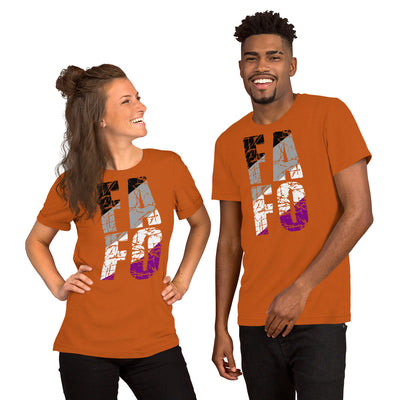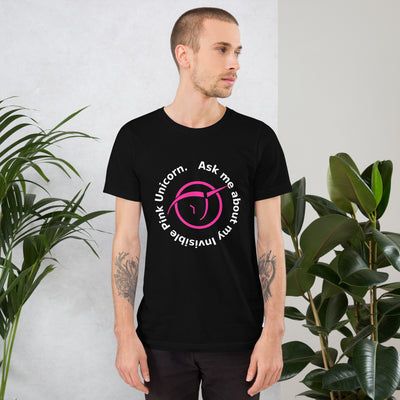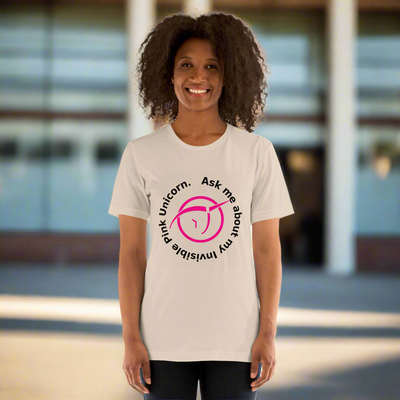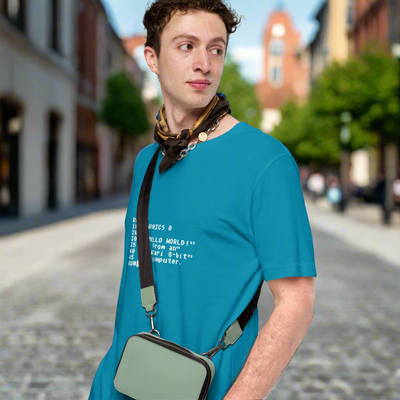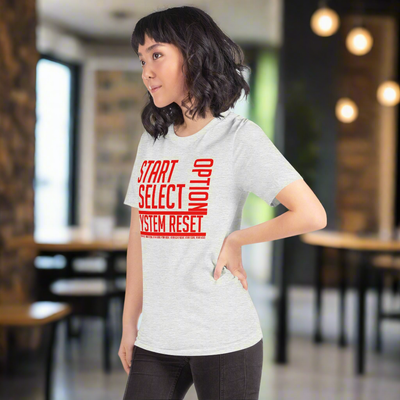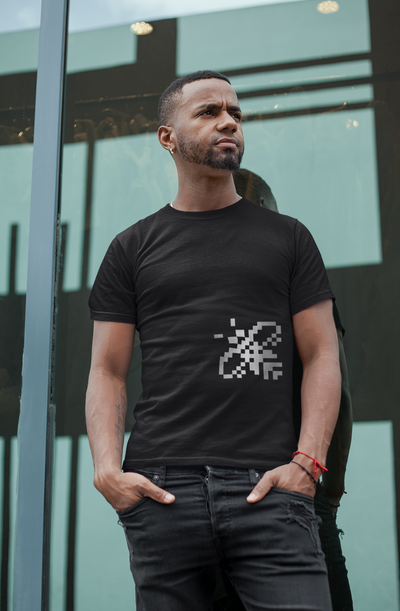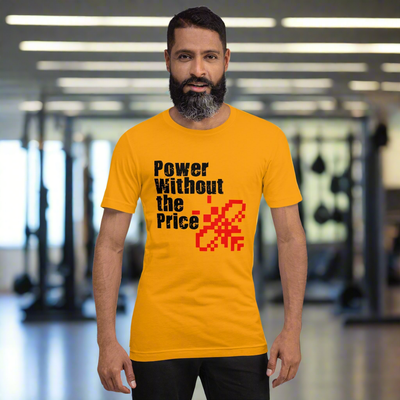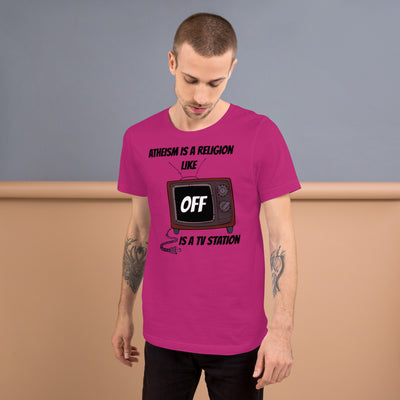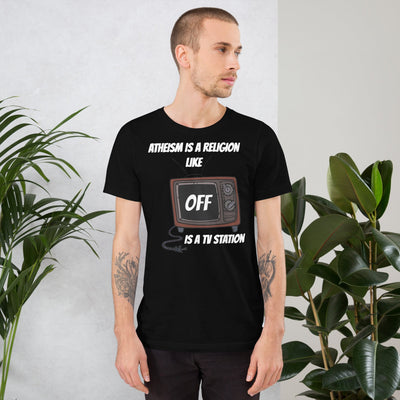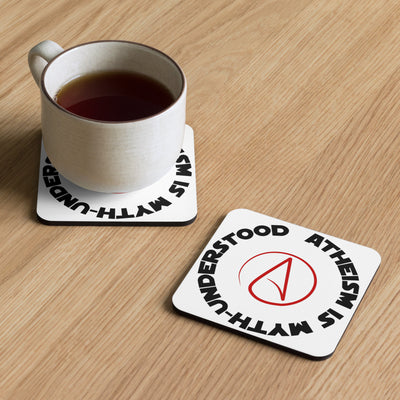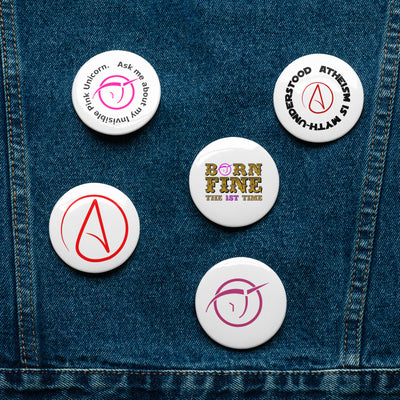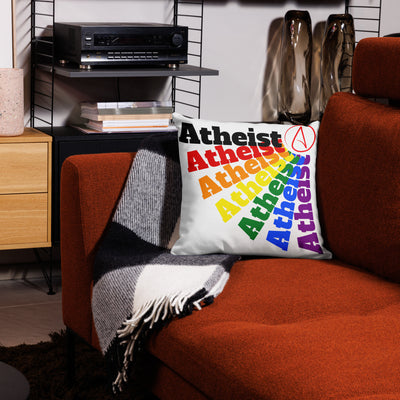T-shirts—those trusty, ubiquitous wardrobe staples—have a story that's anything but basic. From their humble beginnings as plain, utilitarian undershirts to the bold, graphic tees that scream personality and pop culture, the evolution of t-shirts is a tale of creativity, rebellion, and innovation. Journey with us through the quirky history of these cotton canvases, and you'll uncover the cultural influences on fashion that have transformed them over the decades. We'll explore how t-shirt printing technology has advanced, allowing for everything from the iconic band shirts of the '70s to today's eco-friendly, sustainable fashion options. So grab your favorite tee, and let's dive into a world where fabric meets imagination, and where every stitch tells a story.
Change neon light signage
The Humble Origins of T-Shirts
From Utilitarian to Everyday Essential
Our beloved t-shirt didn't start as a fashion icon; it was born out of necessity. Originally, these garments served as simple undergarments for U.S. Navy sailors in the late 19th century. Lightweight and easy to clean, they were perfect for life at sea. Over time, their practicality caught on, and soldiers in World War I began wearing them as standard-issue undershirts. This shift from utilitarian to everyday essential wasn't immediate. The t-shirt's leap into mainstream fashion took off post-World War II when veterans continued to wear them casually back home. Hollywood further propelled this trend, with icons like Marlon Brando sporting tees on the silver screen. This move marked the t-shirt's transition from hidden layer to public statement, eventually becoming a blank canvas for self-expression. The simple tee had officially made its mark, setting the stage for future innovations in style and design. Cultural Influences on Fashion

The evolution of t-shirts is deeply intertwined with the cultural shifts of the 20th century. As society moved through the decades, the humble t-shirt transformed into a vehicle for personal and political expression. In the 1950s, Hollywood rebels like James Dean and Marlon Brando turned the basic tee into a symbol of youthful defiance, capturing the spirit of a generation eager to break free from conformity. The 1960s and '70s saw t-shirts becoming canvases for slogans and band logos, fueled by the counterculture movement and rock 'n' roll. This era solidified the t-shirt's role in the cultural zeitgeist. Fast forward to the present, and the trend continues with graphic tees that reflect everything from meme culture to political activism. Each design echoes societal dialogues, making t-shirts more than just garments—they're statements of individuality and belief, mirroring the ever-changing tapestry of cultural influences on fashion.
The Rise of Graphic Tees
T-Shirt Printing Technology Evolution
The evolution of t-shirt printing technology has been a game-changer in fashion, allowing for the explosion of graphic tees. Initially, screen printing was the go-to method, dating back to the 1960s. This technique involved pushing ink through a stencil or mesh screen, making it perfect for bold, durable designs. However, the process could be labor-intensive and limiting for intricate art. Enter the digital age, and with it came direct-to-garment (DTG) printing. This innovation brought a revolution, enabling high-resolution images and detailed designs to be printed directly onto fabric with ease. DTG allows for a broader color spectrum and faster turnaround times, making custom t-shirts more accessible than ever. Today, advances in eco-friendly inks and sustainable materials have further refined the process. These technological leaps have transformed t-shirts into vibrant canvases, ensuring they remain at the forefront of personal expression and sustainable fashion trends.

pile of black, white, and gray textiles on white padded chair with brown frame
Iconic Designs and Statements
Graphic tees have become synonymous with iconic designs and bold statements, each serving as a snapshot of cultural milestones. Think of the classic "I ❤️ NY" shirt, which turned a simple slogan into a global symbol of city pride. Band tees featuring legends like The Rolling Stones and The Ramones have become must-have items for music lovers and fashionistas alike. Political and social movements have also leveraged the power of t-shirts to spread their messages. The "Choose Life" tee from the '80s became an emblem of anti-drug campaigns, while "Black Lives Matter" tees have been pivotal in modern social justice movements. These designs go beyond mere fashion; they are powerful tools for communication, rallying cries, and forms of activism. Each iconic tee tells a story, showcasing how a simple piece of fabric can capture the zeitgeist and become a lasting symbol of societal change.
silhouette of man holding camcorder near woman singing on stage
Towards a Sustainable Future
Innovations in Eco-Friendly Materials
As awareness of environmental issues grows, the t-shirt industry is making strides toward sustainability. Innovations in eco-friendly materials have become a major focus, transforming how t-shirts are made. Organic cotton, grown without harmful pesticides, has gained popularity as a sustainable alternative to conventional cotton. Likewise, recycled materials, including plastic bottles and fabric scraps, are being repurposed into soft, durable t-shirts. Companies are also experimenting with biodegradable fabrics like hemp and bamboo, which require fewer resources to produce and decompose more naturally. Additionally, advancements in water-based inks and low-impact dyes have reduced the environmental footprint of t-shirt printing. These eco-friendly materials not only lessen the impact on our planet but also pave the way for a more sustainable fashion industry. As consumers become more environmentally conscious, the demand for sustainable fashion options continues to rise, ensuring that t-shirts will remain a wardrobe staple for generations to come.

hanged top on brown and white clothes horse
Embracing Sustainable Fashion Practices
The shift towards sustainable fashion practices has become a vital trend in the t-shirt industry. Brands are increasingly adopting methods that reduce waste and conserve resources throughout the production process. One significant practice is the use of on-demand printing, which eliminates overproduction by only printing items as they are ordered. This approach minimizes excess inventory and reduces waste, aligning with a more sustainable business model. Additionally, there is a growing emphasis on ethical labor practices, ensuring that workers are paid fairly and operate in safe environments. Transparency in supply chains is becoming a standard expectation, with consumers demanding to know the origins of their garments. Companies are also investing in closed-loop recycling systems, enabling used t-shirts to be repurposed into new products. By embracing these sustainable practices, the fashion industry is not only mitigating its environmental impact but also responding to consumer demand for responsible and eco-friendly clothing options.

woman wearing black crew-neck shirt



























